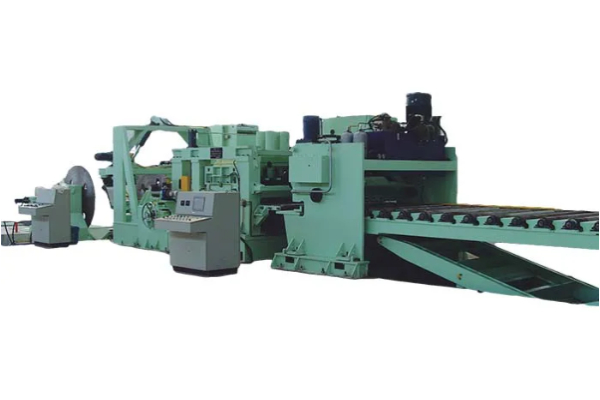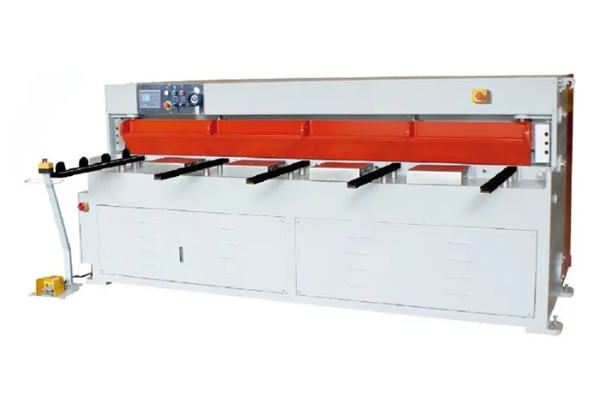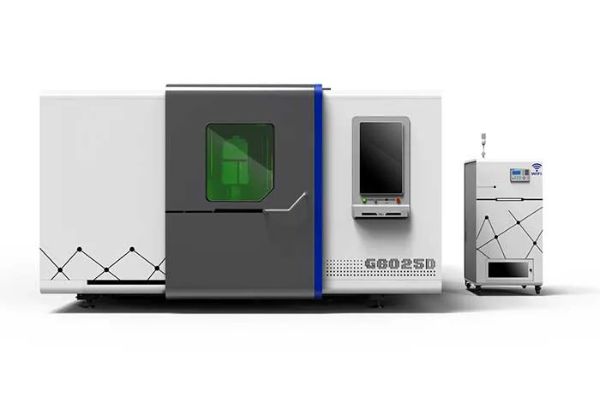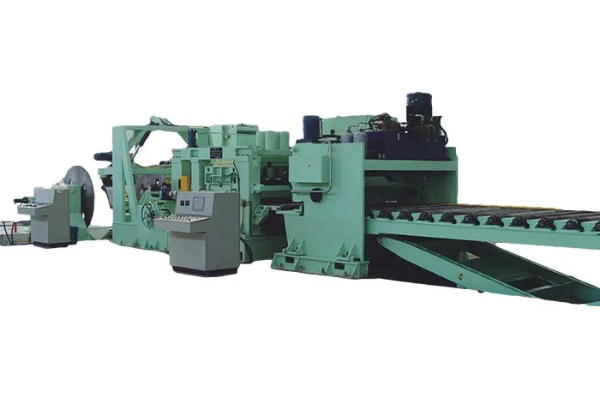
How HVAC Duct Making Machines Compare to Other Fabrication Technologies
- By:Metmac
- 2024-07-29
- 146
In the ever-evolving realm of HVAC engineering, the advent of sophisticated duct making machines has revolutionized the manufacturing process. These machines, driven by cutting-edge technology, offer distinct advantages over traditional fabrication methods, ushering in a new era of efficiency, precision, and cost-effectiveness.
Automation and Efficiency
HVAC duct making machines are equipped with automated systems that streamline the manufacturing process, reducing labor costs and improving productivity. Automated cutting, bending, and forming operations eliminate human error, ensuring consistent and accurate results. The machines’ high-speed operation allows for rapid production, meeting the demanding timelines of large-scale projects.
Precision and Quality
The precision engineering and advanced control systems of duct making machines produce ducts that meet exacting standards. Laser-guided cutting and automated seaming ensure precise dimensions and tight seals, minimizing leakage and maximizing energy efficiency. The machines’ ability to work with various materials, including galvanized steel, stainless steel, and aluminum, allows for customization and optimization for specific requirements.
Design Flexibility
Duct making machines offer unparalleled design flexibility. Advanced software enables engineers to create complex duct configurations with ease, adapting to the unique challenges of different spaces. The machines’ ability to produce custom ducts eliminates the need for costly field modifications, saving time and resources.
Reduced Material Waste
Traditional fabrication methods often generate significant material waste due to manual handling errors and imprecise cutting. HVAC duct making machines minimize waste by utilizing advanced nesting algorithms that optimize material usage. This not only reduces costs but also promotes environmental sustainability by reducing the amount of scrap metal.
Comparison to Other Technologies
Compared to other fabrication technologies, HVAC duct making machines stand out in several key areas:
Laser Cutting vs. Plasma Cutting: Laser cutting provides superior precision and edge quality, reducing the need for post-processing.
Roll Forming vs. Brake Forming: Roll forming produces continuous ducts with consistent profiles, while brake forming requires manual bending, which can introduce inaccuracies.
Manual Welding vs. Automated Welding: Automated welding ensures consistent and leak-free seams, reducing the risk of leaks and energy loss.
Conclusion
The adoption of HVAC duct making machines in the industry has transformed the manufacturing process, delivering significant improvements in efficiency, precision, and flexibility. These machines not only reduce costs and waste but also enhance the overall quality and durability of HVAC ducts. As the demand for energy-efficient and custom HVAC systems continues to rise, HVAC duct making machines are poised to play an increasingly vital role in shaping the future of HVAC engineering.
-
Advanced Sheet Metal Rolling, Cutting, and Folding Machines for Efficient Fabrication
2025/10/22 -
High-Precision Sheet Metal Bending and Cutting Solutions for Modern Manufacturing
2025/10/22 -
High-Precision Solutions from Leading Sheet Metal Cutting Machine Manufacturers
2025/09/11 -
Reliable Sheet Metal Equipment for Sale to Support Precision Fabrication
2025/07/17
-
Advanced Sheet Metal Rolling, Laser Cutting, and Folding Machines for Precision Fabrication
2025/10/31 -
High-Performance Sheet Metal Bending and Cutting Machines for Modern Fabrication
2025/10/31 -
High-Quality Sheet Metal Equipment for Sale: Efficient Solutions for Modern Manufacturing
2025/10/31 -
High-Performance Sheet Metal Equipment for Sale: Forming and Shearing Solutions for Modern Fabrication
2025/10/22
-
A Guide to the Latest Innovations in Sheet Metal Folding Machines
2024/11/29 -
Key Features to Consider When Investing in a Sheet Metal Folding Machine
2024/11/28 -
Enhancing Precision with Advanced Sheet Metal Folding Machines
2024/11/27 -
How to Choose the Right Sheet Metal Folding Machine for Your Workshop
2024/11/26






